Sony's WF-1000XM5 truly wireless earbuds boast high audio quality with noise cancellation and high battery life. Here's how they fare against Apple's second-generation AirPods Pro.
On July 24, Sony launched its WF-1000XM5 truly wireless earbuds, a follow-up to its XM4 model. Offering active noise cancellation and a long battery life thanks to its charging case, the wireless earbuds offer a lot to consumers.
Add in the High-Resolution Audio Wireless powered by Sony's proprietary Bluetooth codec, LDAC, as well as a new Quick Attention Mode, and they become fairly advanced offerings on the market.
As a direct competitor to Apple's second-generation AirPods Pro, Sony has a lot to offer but has a considerable opponent that it intends to dethrone.
Here's how the two earphone models compare on paper, and which you should consider buying for your next personal audio purchase.
AirPods Pro vs Sony WF-1000XM5 - Specifications
| Specifications | AirPods Pro (Gen 2) | Sony WF-1000XM5 |
|---|---|---|
| Price | $249.00 Check prices | $299 Buy at Amazon |
| Dimensions (inches) | 1.22 x 0.86 x 0.94 | 0.75 x 0.6 x 0.6 |
| Weight (ounces) | 0.19 | 0.21 |
| Case Dimensions (inches) | 1.78 x 2.39 x 0.85 | 2.54 x 1.57 x 1.04 |
| Case Weight (ounces) | 1.79 | 1.37 |
| Battery Life (earbuds) | 6 hours with ANC | 6 hours with ANC on |
| Battery Life (with case) | Up to 30 hours with ANC | Up to 24 hours |
| Connectivity | Bluetooth 5.3 | Bluetooth 5.3 |
| Microphones | Dual beamforming microphones, Inward-facing microphone | 3 per earbud |
| Sensors | Dual optical sensors, Motion-detecting accelerometer, Speech-detecting accelerometer, Force sensor Touch control | Touch sensors, Motion-detecting accelerometer, Proximity sensors, Bone-conduction sensors |
| Sweat and Water Resistance | IPX4 | IPX4 |
| Active Noise Cancellation | Yes | Yes |
| Head Tracking | Yes | Yes |
AirPods Pro vs Sony WF-1000XM5 - Design and Dimensions
The AirPods Pro 2 continue to have the same design concept as the original release, with a white main body accompanied by descending stalks. Accented by black vents, the earbuds also have a silicone tip to fit snugly in the ear canal.
The XM5 are similar to the XM4 in basic design, but with a few changes to the arrangement. Still largely circular in shape and having minor tweaks to its styling, Sony's earbuds are now approximately 20% smaller and 20% lighter than the preceding set.
Sony claims the design is more ergonomic for increased comfort when worn for long periods of time. There are still noise-isolation earbud tips in use, both to maintain a reduction in external sound sources and to keep them in place.
Down to the numbers, the AirPods Pro are bigger overall at 1.22 inches by 0.86 inches by 0.94 inches, versus 0.75 inches by 0.6 inches by 0.6 inches for the Sony. A large part of this is due to Apple's use of a hanging stalk in its design, whereas Sony opts to keep its earbuds more enclosed.
Despite the size difference, the XM5 are heavier than the AirPods Pro, at 0.21 ounces to 0.19 ounces. This is barely much of a difference considering you're wearing them in your ears, but it does mean the Sony earbuds are a little denser overall.
AirPods Pro vs Sony WF-1000XM5 - Main Features
Packing a custom high-extrusion driver and high dynamic range amplifier, the AirPods Pro offer great audio to users in a compact package. It produces richer bass and clearer audio than the original AirPods Pro release.
Inside the Sony is an 8.4mm driver unit, which is referred to as the Dynamic Driver X. Using several different materials for the dome and edge of the diaphragm, the driver can offer richer vocals and low distortion for a clearer sound.
With the H2 chip, Apple's earphones offer a lot features-wise, including Active Noise Cancellation and Transparency Mode, with the latter letting some environmental audio to pass through to the user's ears.
Sony uses two chips in its design, with the HD Noise Cancelling Processor QN2e accompanied by the Integrated Processor V2. This pairing provides processing not only for the noise cancellation features but also for 24-bit reproduction of audio.
Both Apple and Sony rely on three microphones on each earbud to handle active noise cancellation, with Sony using a pair of feedback mics and Apple using an inward-facing microphone for the same effect.
In both instances, there is some EQ processing available. Sony has an adjustable EQ, consisting of 8 presets and two customizable options.
Apple uses an adaptive EQ system that can automatically adjust to the user's ear, but you don't have any direct control over it.
A neat feature of Sony's is DSEE Extreme, an edge-AI system that Sony claims to upscale compressed digital music files in real-time, even if it comes from a supported streaming service. This is aimed at restoring high-range sounds that could be lost during compression.
There's also Adaptive Sound Control on the Sony side, which uses AI to change ambient sound settings. This apparently includes recognizing frequently visited locations and automatically tuning the sound to match.
For speech, Sony has a Speak-to-Chat function that can automatically pause music as soon as you speak to someone else, so you can have a distraction-free conversation. After the chat is over, the music starts playing once again.
Along with the microphones, Sony attempts to improve its pickup of the wearer's voice by using bone conduction sensors. Again, using AI, a noise reduction algorithm uses the bone conduction sensor data to make the user's voice clearer.
That is, on top of the existing wind noise-reduction structure and mesh wrap Sony employs in its design.
The AirPods Pro boast three-dimensional sound from its use of Spatial Audio, effectively surrounding you with positional audio when listening to supported tracks.
Sony has its own spatial sound system, which can also be used in games. For example, AR games like Niantic's Ingress will use head tracking from the earphones to let users hear where sounds are coming from.
For a more direct take on Apple's Spatial Audio, Sony has the same trick in its 360 Reality Audio, which are available via Tidal and Deezer. However, this is an Android-only option.
That head tracking tech also comes in handy for calls, with users able to receive or decline calls by nodding or shaking their heads.
AirPods Pro vs Sony WF-1000XM5 - Battery and Charging
Apple claims that the AirPods Pro can last for up to 6 hours of listening time from a single charge, with ANC enabled, though this dips to 5.5 hours with Spatial Audio and Head Tracking enabled. For talk time, the figure goes down further to 4.5 hours.
Sony says its earbuds can last for up to 8 hours with ANC one, or 12 hours with ANC disabled. For "Continuous communication time," which is effectively Apple's talk-time metric, it's 6 hours with ANC on, 7 hours with it off.
Both have their own charging cases, that are fairly similar in the way they function, but it seems the Sony case is a little bit chunkier overall due to being longer and thicker, but not wider. Apple's case is heavier at 1.79 ounces to Sony's 1.37 ounces.
When you incorporate the charging case into proceedings, Sony manages up to 24 hours of total usage time, whereas Apple can go up to 30 hours.
To get power back into the cases, both support physical connections via Lightning for Apple and USB-C for Sony. There's also wireless charging over Qi, though Apple also includes MagSafe support.
For recharging, Sony says a three-minute charge will provide its earbuds with up to 60 minutes of play. The AirPods Pro can manage an hour of listening time after five minutes of quick-charging in the case, which is a little behind Sony in this instance.
Sony WF-1000XM5 versus AirPods Pro - Connectivity and Other Details
Both the AirPods Pro Gen 2 and the Sony XM5 can connect to their host devices using Bluetooth 5.3. On Apple's side, this includes long-standing features such as automatic switching between devices, simple and quick setup with Apple hardware, and audio sharing.
Sony can similarly boast the automatic switching between devices, easy pairing with PCs with Swift Pair support, and Fast Pair for AirPods.
This last point does offer some assistance when trying to find your misplaced earphones, much like Apple's Find My feature. Apple includes a U1 chip in its charging case, which can also help in tracking them down via Find My's directional features.
There's a further advantage to Sony here in that it uses its LDAC audio coding technology to transmit three times as much data than normal Bluetooth audio. This enables the XM5 to offer High-Resolution Audio Wireless support.
Control of both product families is handled with taps. For Sony, while the XM4 allowed for two of either playback control, sound mode selection, or volume to be controlled with taps, the XM5 can handle all three.
Sony has rated the XM5 to IPX4 water resistance, so it will survive the occasional splash or sweat from workouts. The AirPods Pro are similarly rated IPX4.
Sony WF-1000XM5 versus AirPods Pro - Pricing
Apple sells the second-generation AirPods Pro for $249. While it is sold only in white, there is the option of engraving the casing for free, as well as using the extensive aftermarket customization options if you want a different color scheme.
Available in black or silver, Sony's WF-1000XM5 are priced at $299.99.
Sony WF-1000XM5 versus AirPods Pro - What to Buy
From the outset, Sony offers a compelling personal audio option in its XM5. As discrete earbuds that can pack an audio punch, there's little you can say against the package.
With high audio quality, noise-cancellation features, and an adjustable EQ, Sony can hold its own when it comes to sound. Add in its own take on Spatial Audio with head tracking, and it's a toe-to-toe matchup with the AirPods Pro.
The eight-hour battery life between charges certainly makes things more interesting comparison-wise. That said, Apple's total battery life including the case gives it a distinct advantage for those who spend a long time away from civilization.
Where users may find problems with going down the Sony is if they are decidedly embedded within the Apple ecosystem. Things like spatial-based audio rely on an Android device and the use of services competing with Apple Music to get the effect.
For those who use multiple platforms in their daily lives, especially Android devices, the Sony WF-1000XM5 could be the better option for their particular needs. The entrenched Apple user may want to stick to the AirPods Pro, and save themselves $50 too.
Sony WF-1000XM5 versus AirPods Pro - Where to Buy
The Sony WF-1000XM5 are available now from Amazon for $299.
You can check the prices of AirPods Pro on the AppleInsider Price Guide.
 Malcolm Owen
Malcolm Owen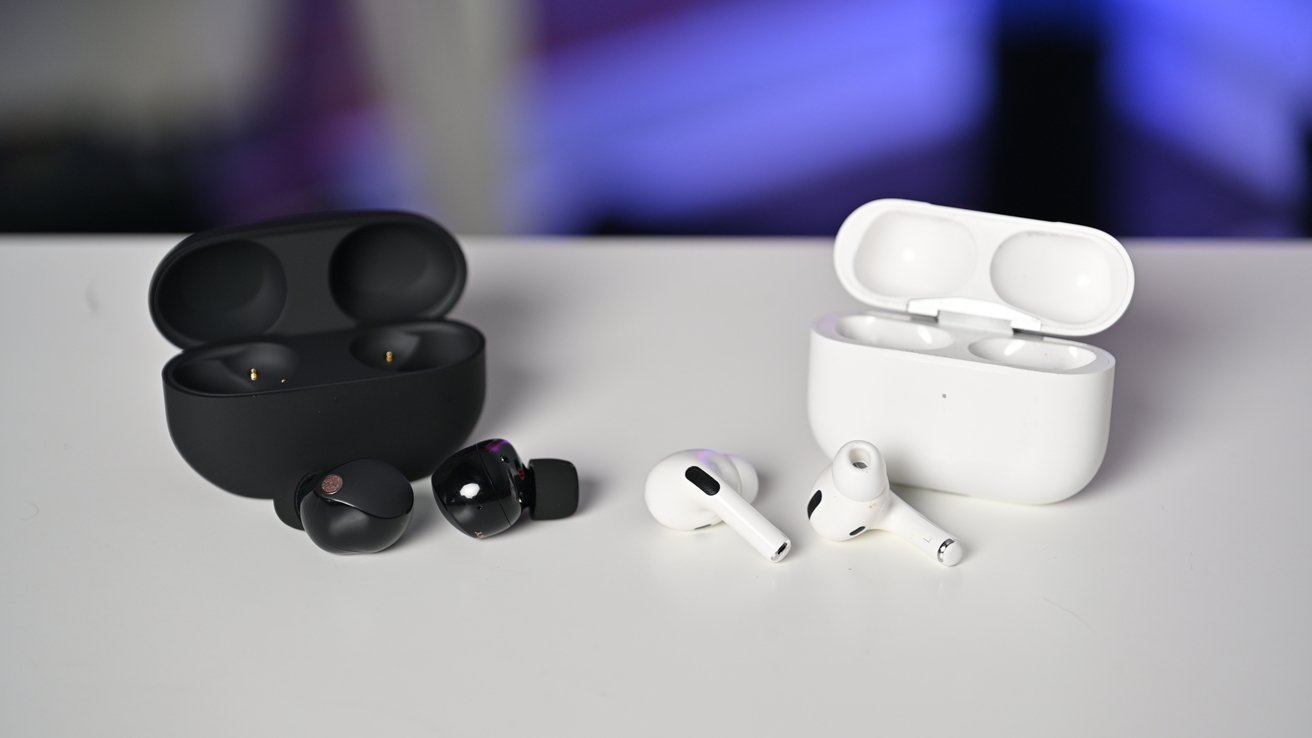
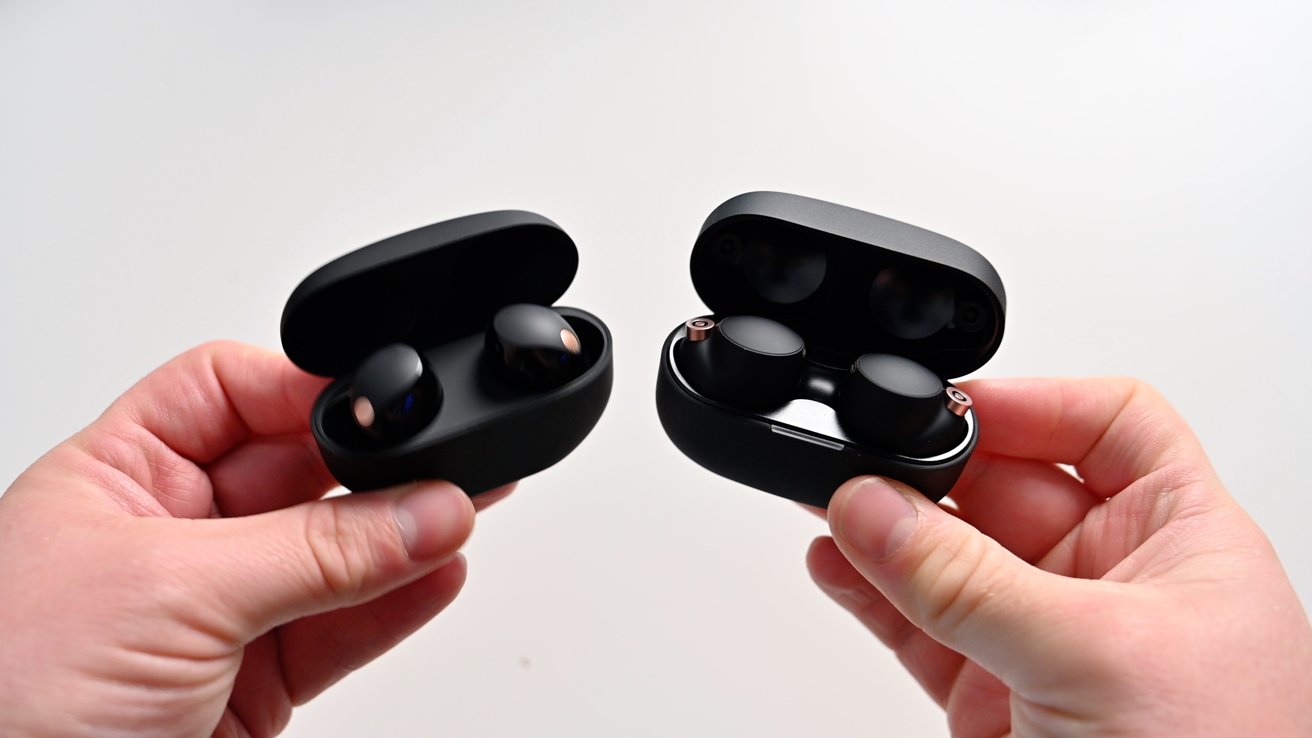
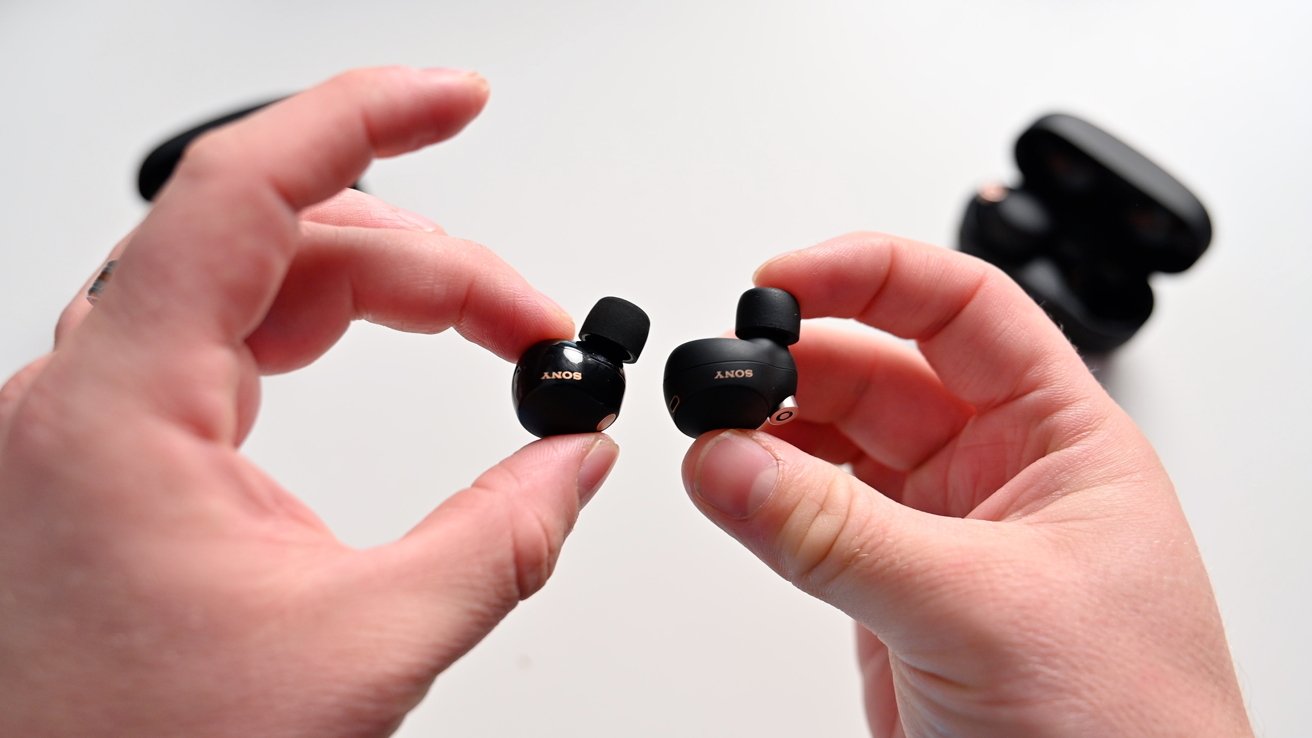
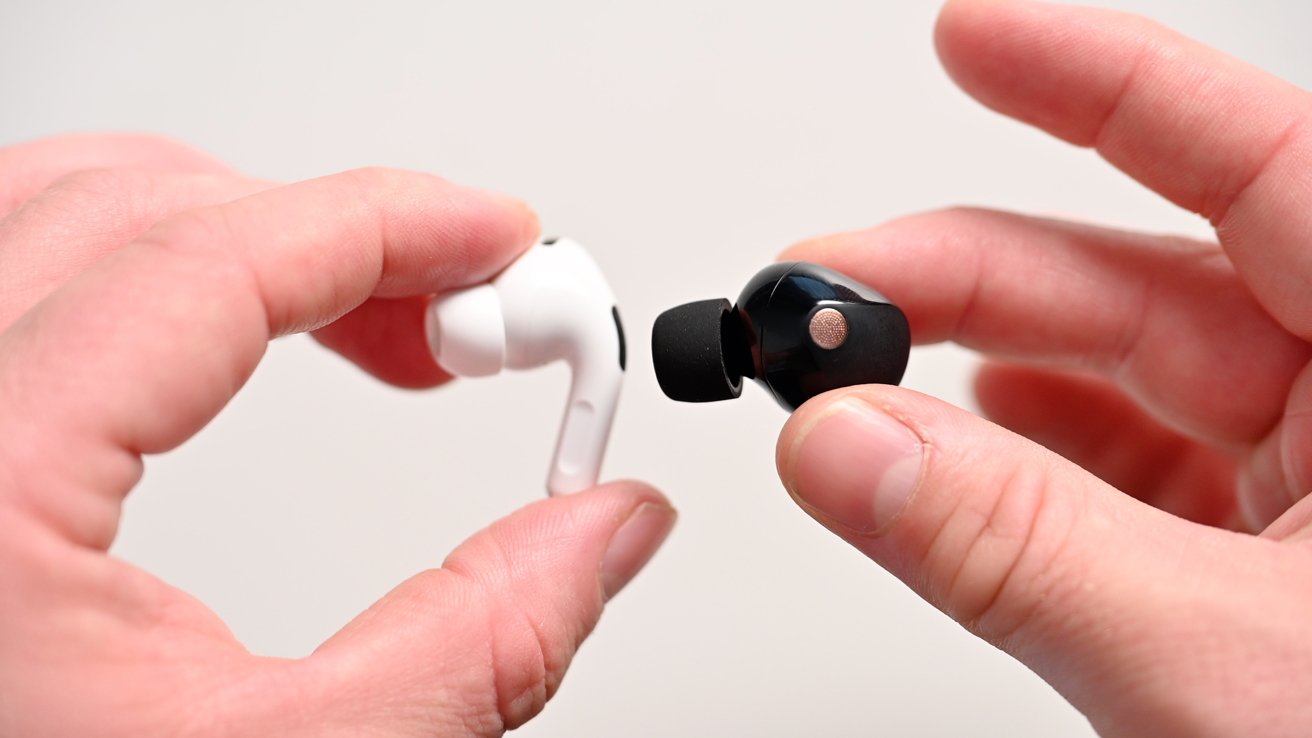
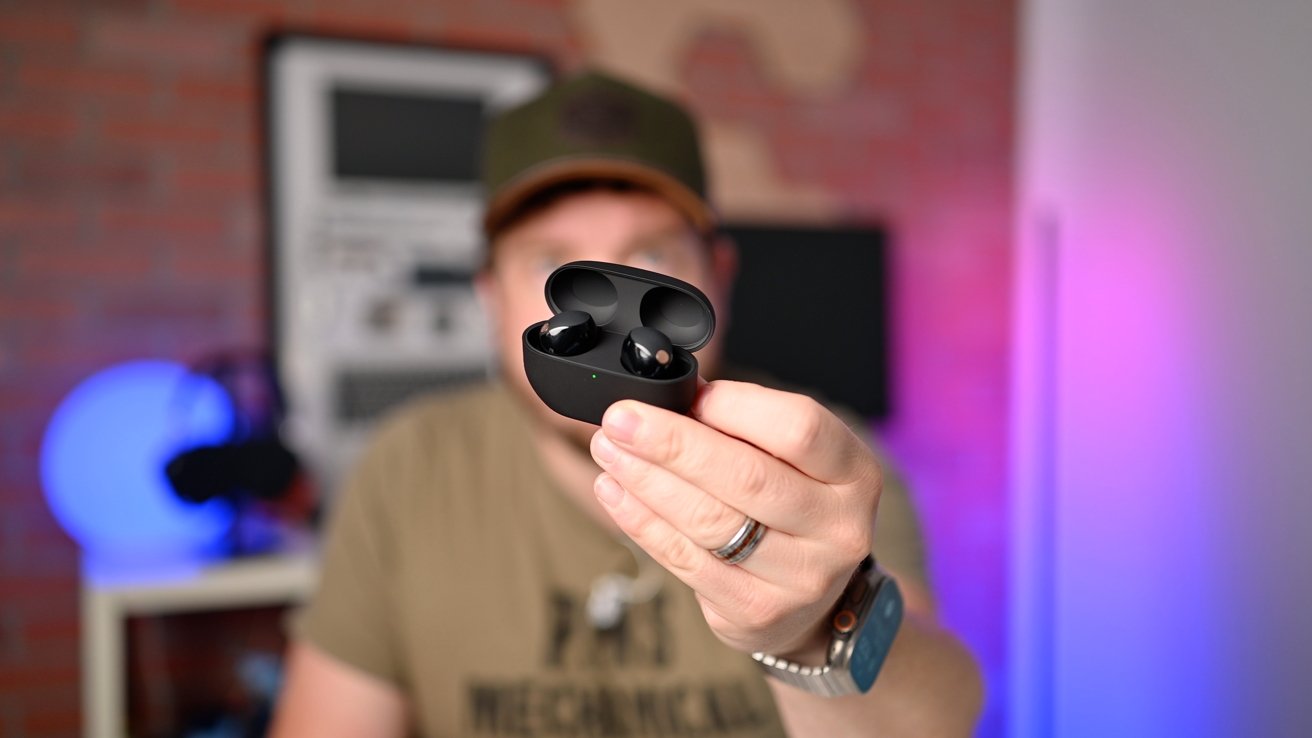
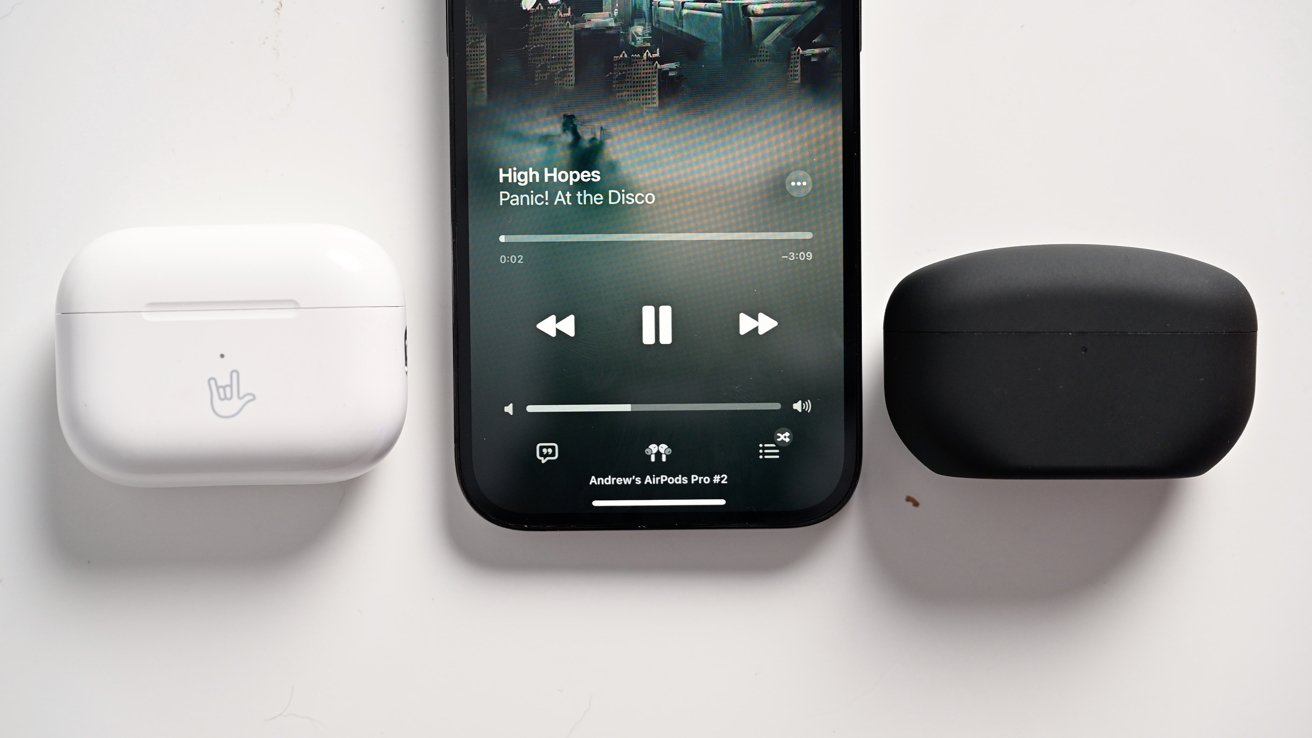
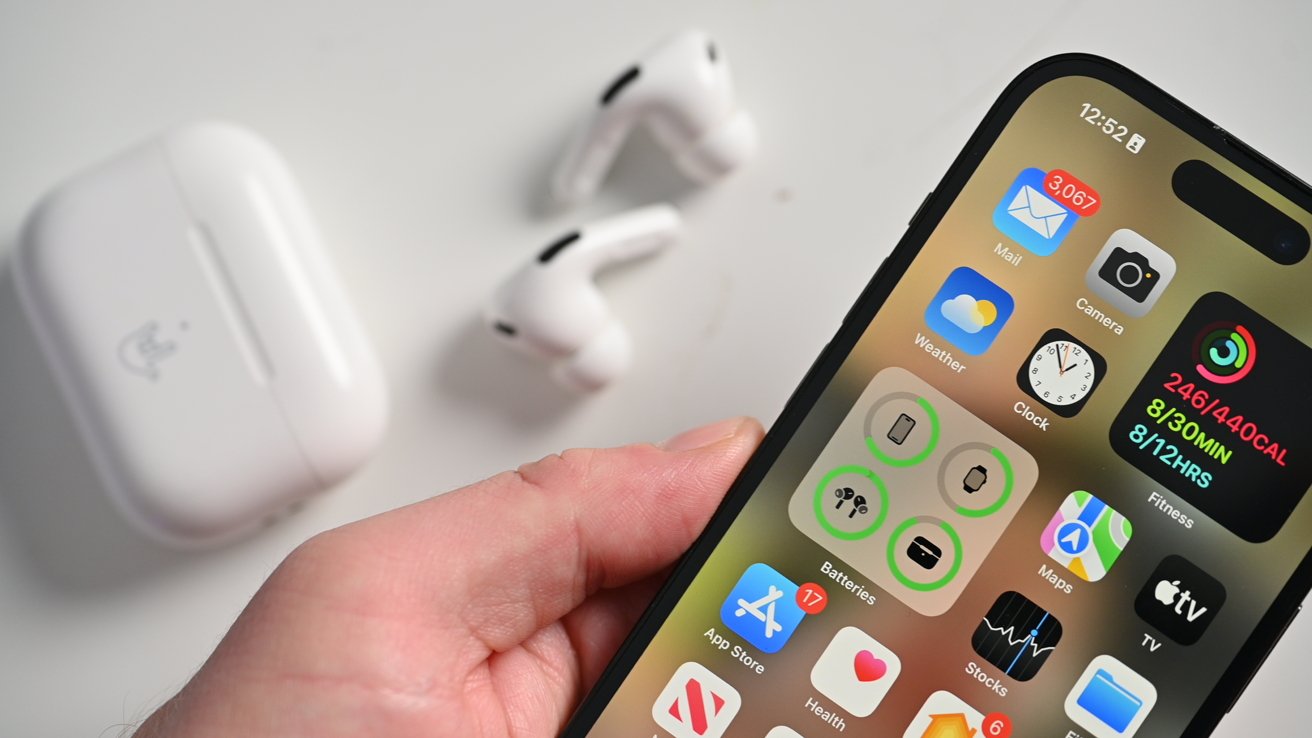
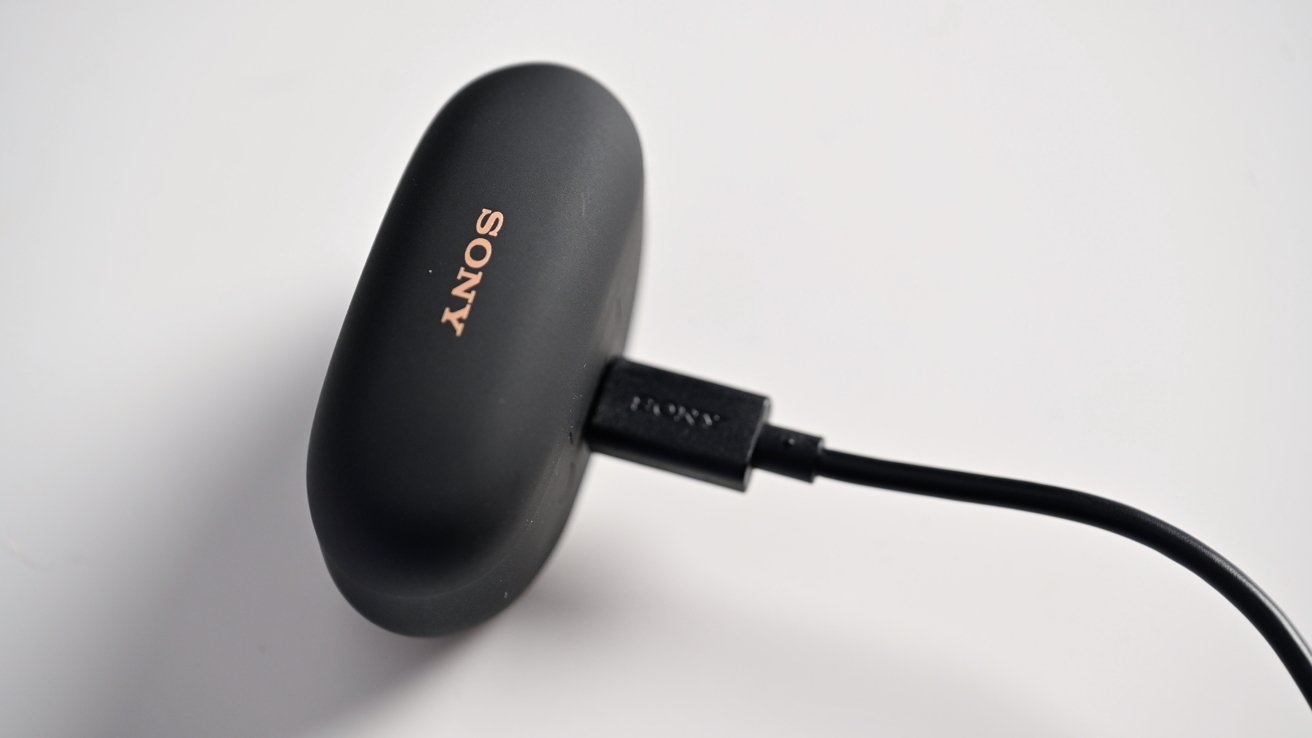
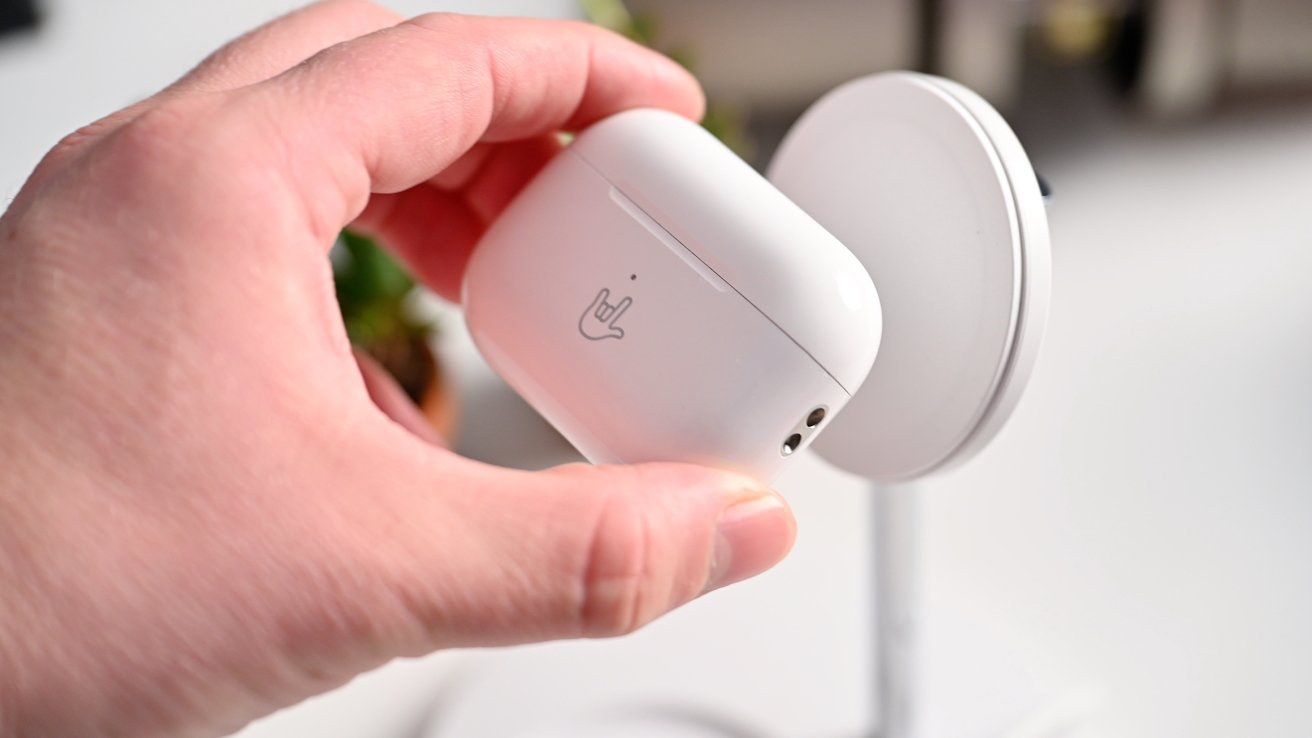
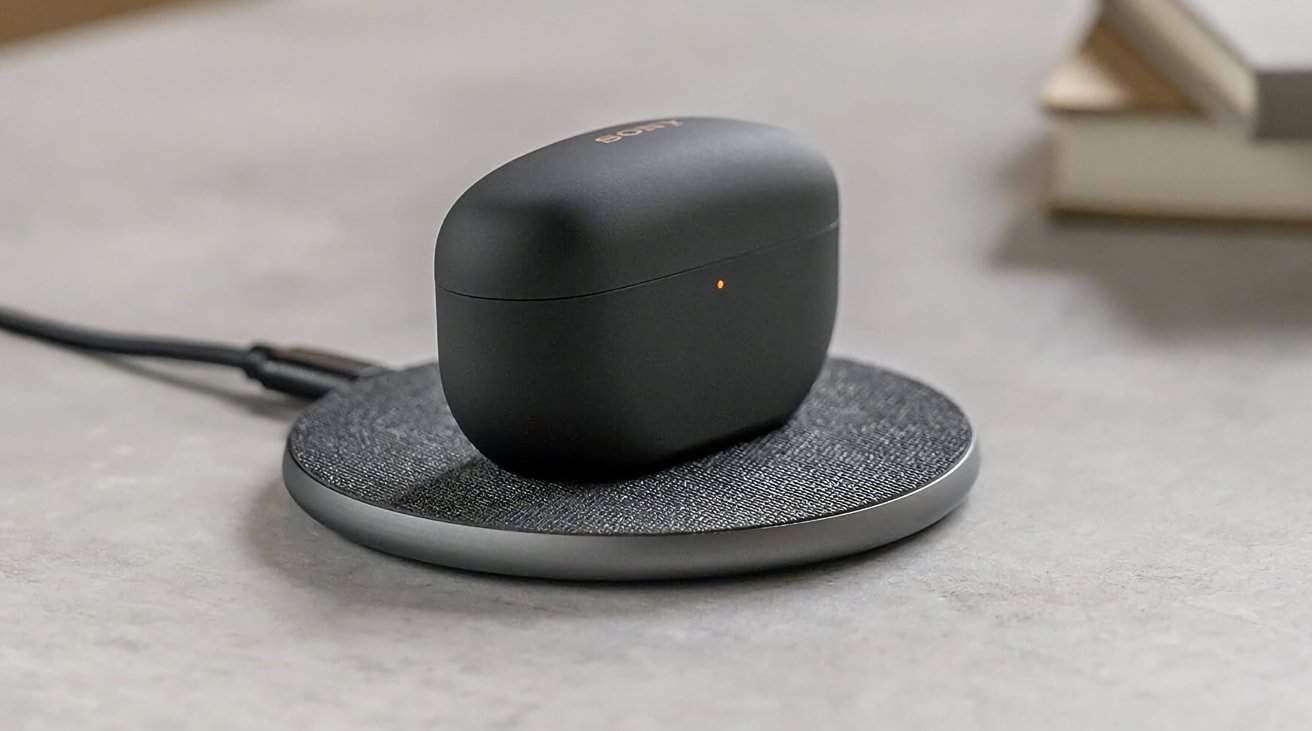
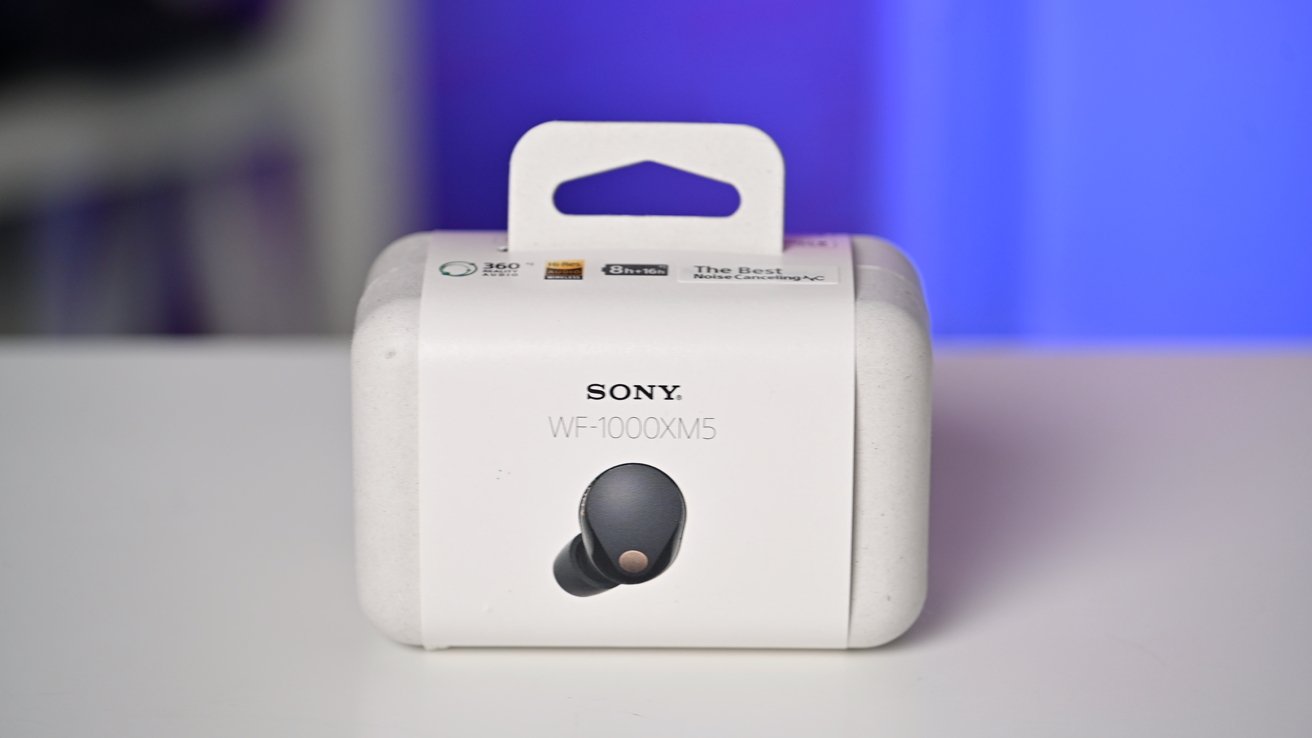


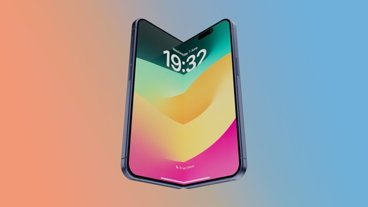
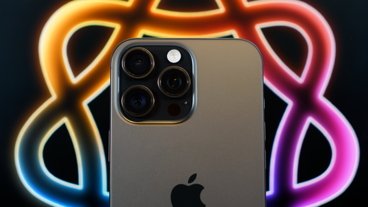
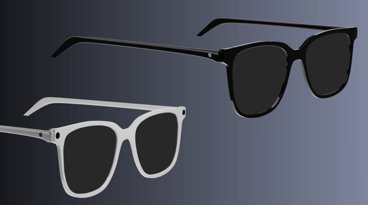
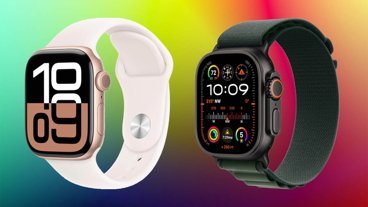

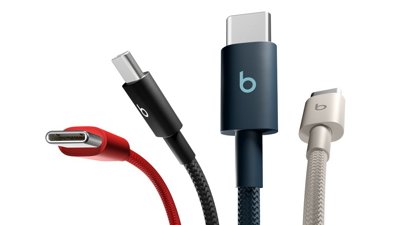
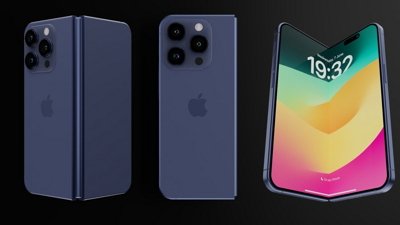

 William Gallagher
William Gallagher
 Chip Loder
Chip Loder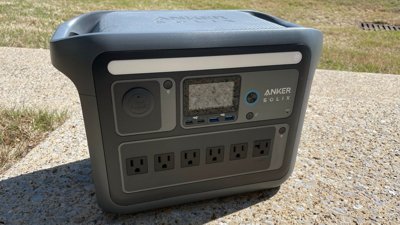
 Brian Patterson
Brian Patterson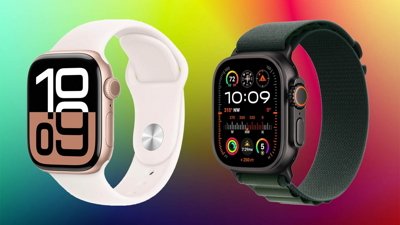
 Christine McKee
Christine McKee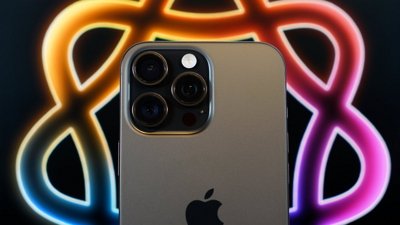
 Wesley Hilliard
Wesley Hilliard
 Amber Neely
Amber Neely


-m.jpg)





